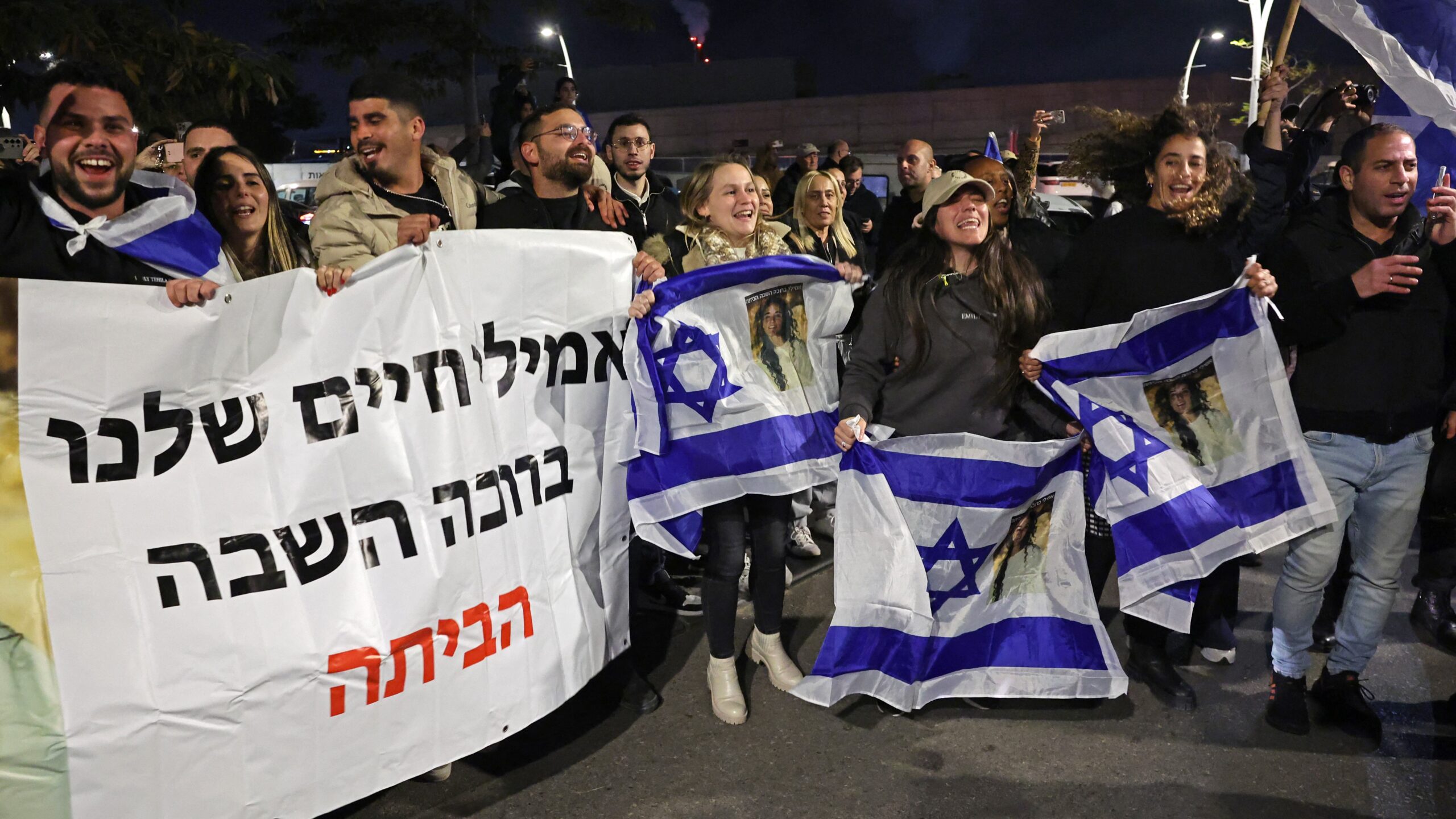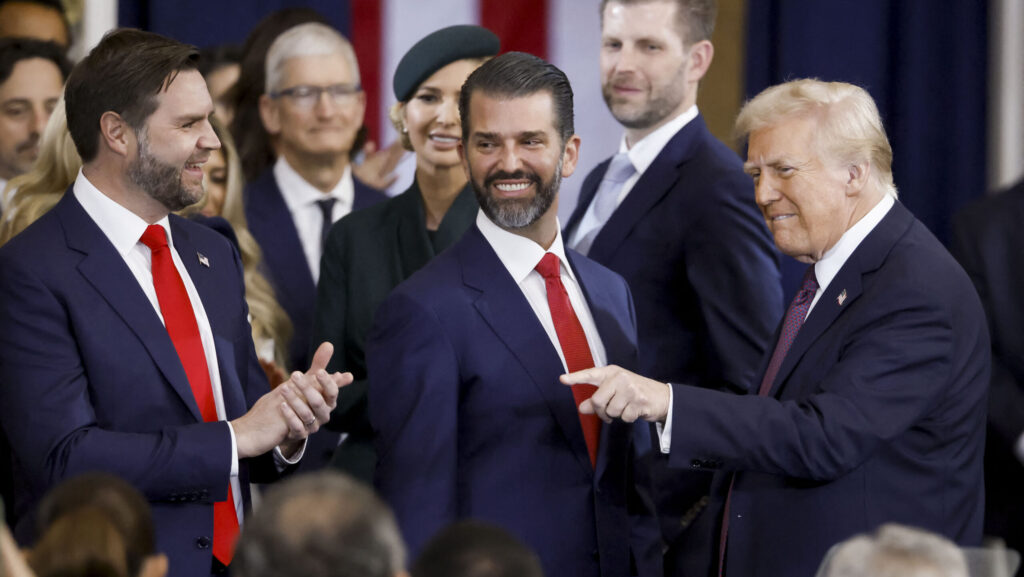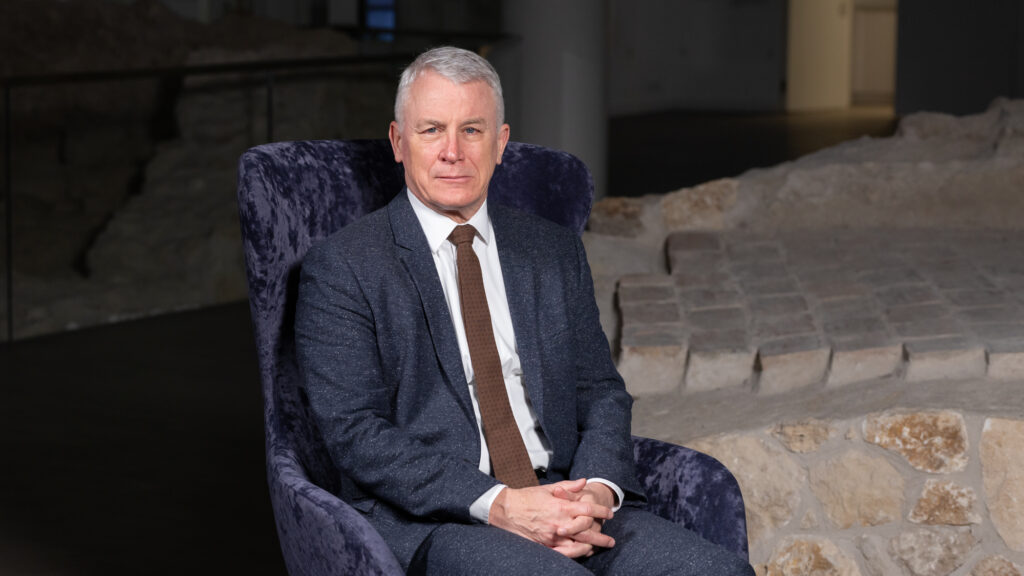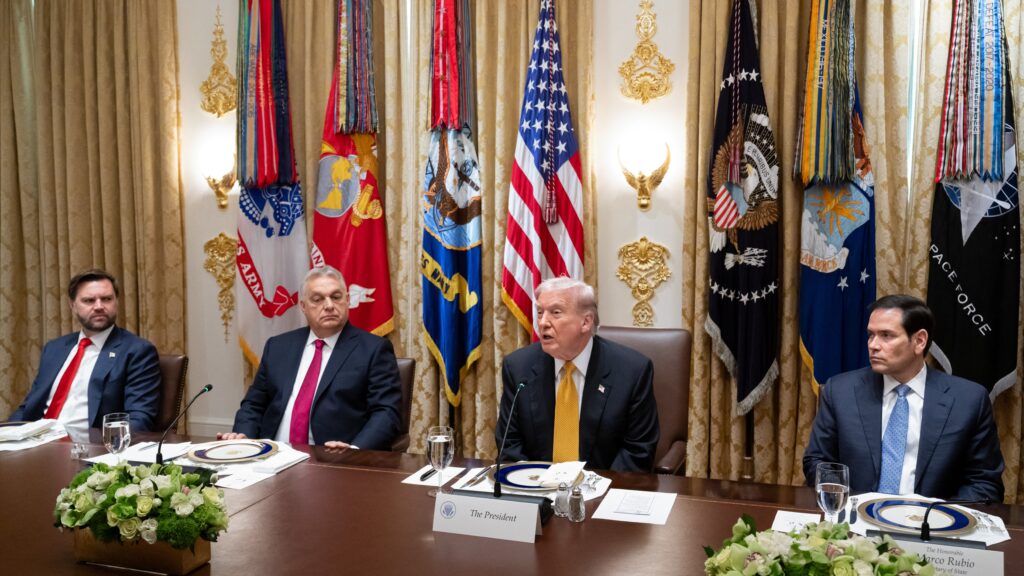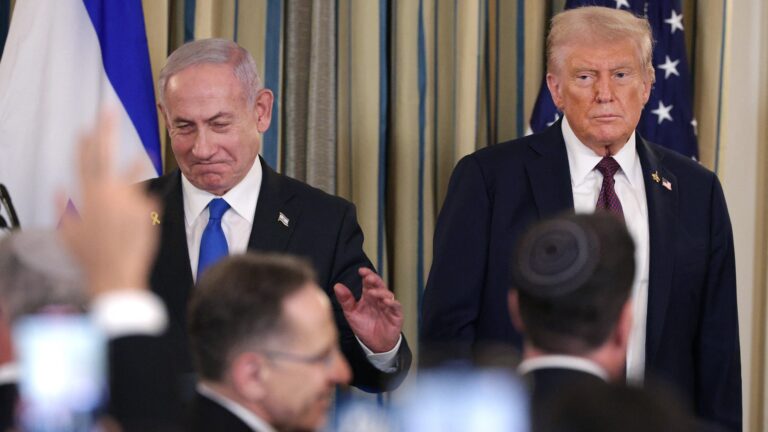Both outgoing President Joe Biden and incoming President Donald Trump have claimed credit for the ceasefire deal between Israel and Hamas.
Trump wasted no time in asserting he was the moving force behind the deal, while Biden argued that it was reached under ‘the precise contours’ of a plan that he set out in late May. In an interview with Face the Nation, Donald Trump’s incoming National Security Adviser Mike Waltz said: ‘Hamas will never govern Gaza.’
With all due respect, to give the impression that Hamas is defeated and that it is altogether impeded from governing the Gaza Strip is as fanciful as the bid to Make Greenland Great Again, by purchasing or taking Greenland from Denmark.
But whoever was behind facilitating the deal, the real question remains: what is it that many are celebrating? No one is going to deny that getting the hostages Hamas captured on the 7th of October in 2023 is something worth rejoicing about. Yet Israel’s hardline national security minister Itamar Ben-Gvir submitted his resignation from the government in protest against the agreement. His reason is that the deal requires Israel first release hundreds of Palestinian prisoners and, second, it withdraw troops from Gaza’s southern border with Egypt, thereby and because it leaves open the possibility of Hamas staying in power in Gaza.
The military wing of Hamas, which has been engaging in battles with the Israeli Defense Forces, appeared to be organizing the implementation of the deal and the exchange of the Israeli captives. In other words, despite the significant blows that the militants endured, they appeared as an organized force on the ground, thus indicating that there still remain fighters despite the Israeli claims they managed to degrade Hamas’ military capabilities and eradicate their military governance of the territory.
The essence of Hamas’ overall prowess is not so much its guerrilla warfare tactics, i.e., ISIS-type extremism, in as much as its so-called harmonious alignment with the philosophy of the Muslim Brotherhood.
Understanding the Muslim Brotherhood
The Muslim Brotherhood, crafted in 1928 by its founders Hassan al-Banna and Abul-Ala Maududi, endeavored to stipulate Islam primarily as a political system, simultaneously staying in par with the major ideologies of the twentieth century.[1] This Islamist revivalist vision sought a returnto live according to the original writings of the first community of Islamic believers, which according to the Islamist scholar Ahmad S. Moussalli, the Brotherhood’s framework consisted of
- the universalism (‘alamiyyah) of Islam, which is composed of the absolute truth that must be realized;
- the abolishment of paganism (jiahliyyah) in the world, which is the partial reality that must be ultimately abolished;
- war (jihad), which is the means of eradicating jiahliyyah (the state of ‘ignorance of divine guidance’);
- peace (salam), the result of arriving at the universalism of Islam.
The Muslim Brotherhood, in its opposition to the secular Arab Islamic political establishment in the 1960s and 1970s. especially with the Soviet-backed Palestinian Liberation Organization, gained headway when young students and the lower middle classes throughout most of the Muslim world manifested a new interest in the teachings and practice of Islam. This surge, which also inspired groups like Hamas, did not limit itself to an anti-Israeli/Western jihad.[2]
After the fall of the Iron Curtain, ‘partly in response to the ideological lacuna left by the collapse of international bipolarity and partly in reaction to the realization that globalization was inexorable, numerous scholars proposed new paradigmatic theories of international relations that expressed a new dynamic of global conflict. This, according to Yahya Sadowski of the American Beirut University, was nothing else but a process to weaken the sovereignty of states and propel a rebirth of new sociocultural and religious loyalties. Having this in place, Islam would then be able to herald a mutiny against modernity, globalization, and even secularism.
This is what the Brotherhood successfully built on throughout the Middle East and North Africa, galvanizing traditional moral and social values, such as organized worship, instruction in schools, social welfare services, the restructuring of the institution of the family, and of course, the establishment of Islamic states under the sharia, as it attempted when it was able to democratically oust Egyptian President Hosni Mubarak and replace its own Muhammad Morsi as Egypt’s 5th president in 2012. And its takeover of the Gaza Strip in 2007.
The Foreseeable Outcome
There is obvious concern in the West Bank and the Palestinian Authority that Hamas may leverage the prisoner releases to come to power. It has hammered out, to its own liking, a deal to take place over many months so as to build up enough power to take control of the West Bank. This is similar to the deal the U.S. made with the Islamic Emirate of Afghanistan, infamously known as the Taliban on 29 February 2020, in Doha, Qatar, under the first Trump administration. It marked the beginning of the end of American involvement in Afghanistan. In return, it paved the way for the Taliban terrorist organization to reclaim the reins of the body politic in Kabul, excluding the legitimate Afghan government.
The fact that masked Hamas fighters carrying rifles returned to the streets of Gaza after the ceasefire took effect and declared ‘victory’ as they drove through rubble-strewn streets shows that the militants will retain security control of the Strip. They vowed to ‘renew [their] pledge to [the Gazan people] to be the trustees of their rights and defenders of them, until the complete liberation of the land and the holy sites’.
So, who is the real winner of the Hamas–Israel ceasefire? In the short run, for sure both the innocent civilians taken hostage by Hamas and the Palestinian prisoners. In the long run, no one. It certainly will not be ‘peace’ for the region, unless, the unfathomable happens: a ‘two-state’ solution, which neither Hamas nor the Netanyahu government desire.
[1] Olivier Roy, The Failure of Political Islam. Cambridge, Harvard University Press, 1994, 1, 1994, viii.
[2] Ira M. Lapidus, A History of Islamic Societies, 3rd ed., New York, Cambridge University Press, 2014, 622–624.
Related articles:

